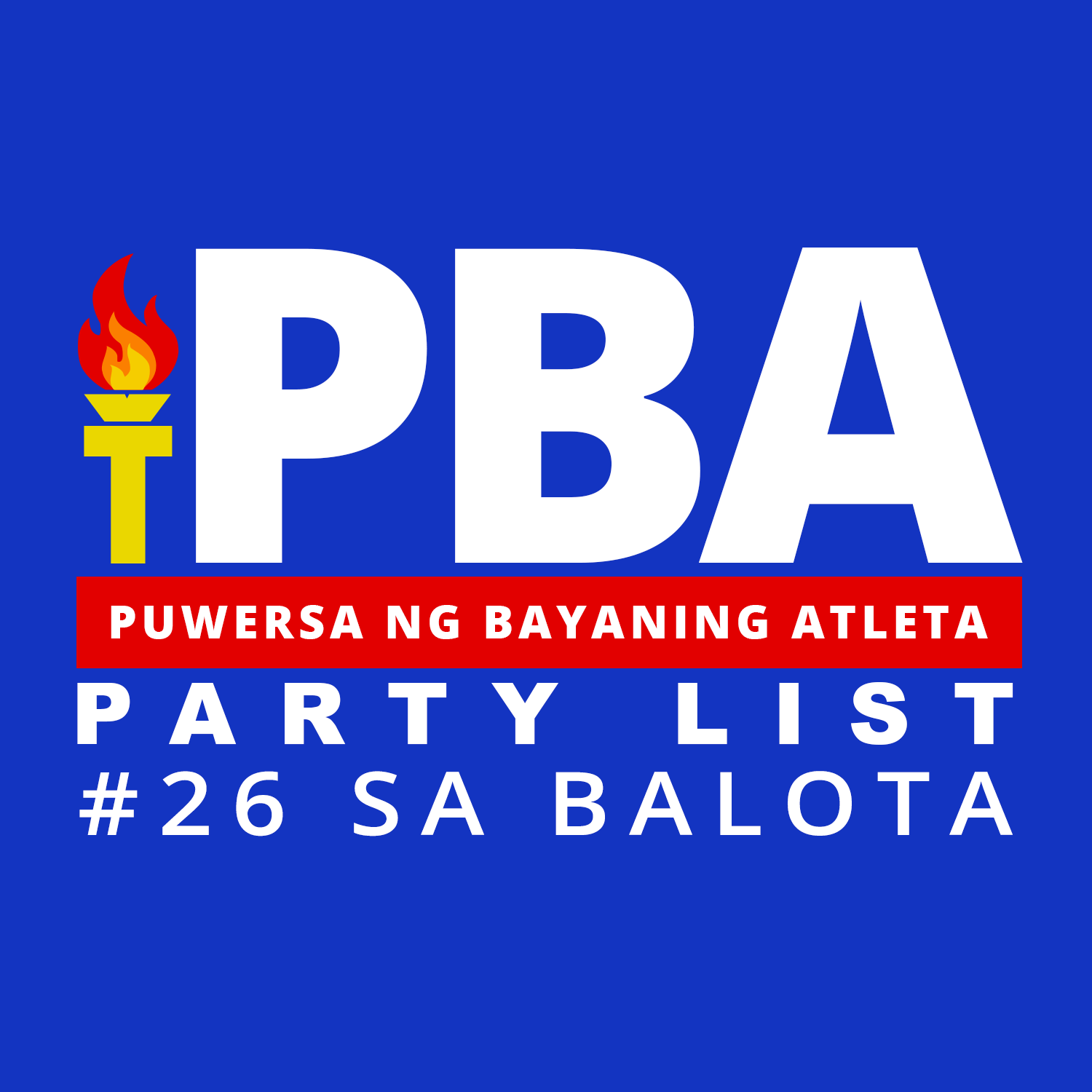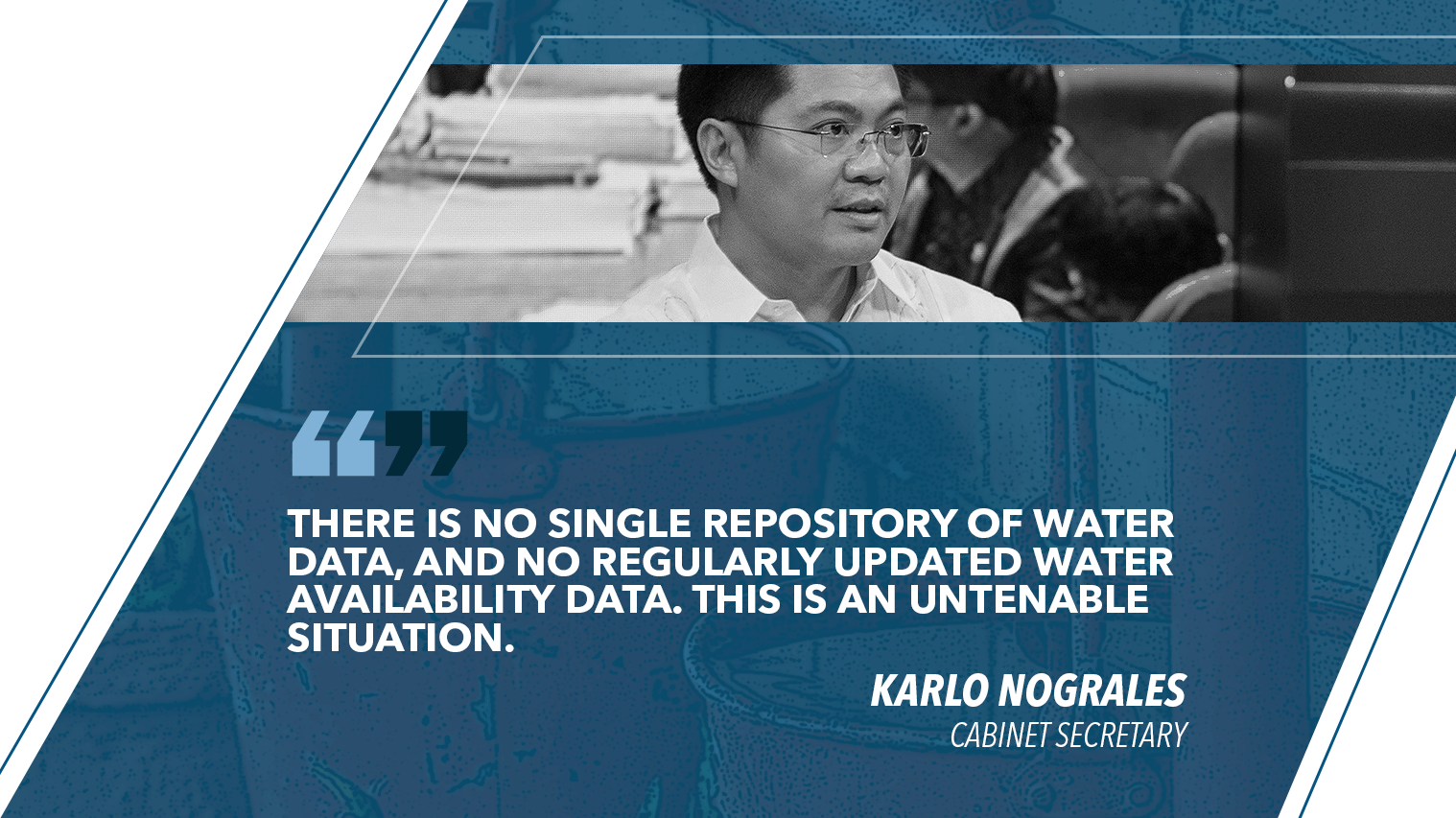Cabinet Secretary Karlo Nograles on Thursday revealed that government was in the midst of preparing short and long-term solutions to address the country’s water needs, proposals that will require executive action and the passage of new legislation.
Nograles said that department secretaries, agency heads and representatives at the high-level inter-agency meeting on water security at the Department of National Defense (DND) in Camp Aguinaldo convened last Wednesday had agreed to submit to President Rodrigo Duterte a draft executive order strengthening the National Water Resources Board (NWRB) and addressing the fragmentation of the water sector.
Among the agencies represented at the meeting chaired by the DND were the National Economic and Development Authority, Department of Agriculture, Department of Energy, Department of Environment and Natural Resources, Department of Health, Department of Public Works and Highways, Department of Science and Technology, National Disaster Risk Reduction and Management Council, Local Water Utilities Administration, Metropolitan Waterworks and Sewerage System (MWSS), and NWRB.
“Currently there are 30 or so agencies involved in water resources management. The agencies present at the meeting recognize that this institutional setup is problematic.”
“Currently there are 30 or so agencies involved in water resources management. The agencies present at the meeting recognize that this institutional setup is problematic. For example, there are four agencies involved in resource assessment, four involved in policy, seven in water supply, four in sanitation, five in water quality management, and six in watershed management,” explained the Cabinet official.
“There is no single repository of water data, and no regularly updated water availability data. This is an untenable situation,” lamented the lawyer.
In addition to this, Nograles said that two draft bills were also endorsed for approval and submission to the Legislative Executive Development Advisory Council (LEDAC)––bills that would create two separate bodies involving water: one focused on economic and financial regulation; and another responsible for policy formulation and resource regulation.
“One of the proposed agencies that will be formed will act as the apex body for the water resources sector. This agency will consolidate and reconcile water-related policy, planning, and programming mandates of the different agencies involved in water resource management. It will likewise ensure the efficient allocation of water resources across sectors,” said the former lawmaker.
“There is a need for a government-led policy for the sustainable optimization of water resources.”
According to Nograles, the second body will be an independent and quasi-judicial body for water supply and sanitation. The office will ensure quality performance of water concessionaires and ensure transparency and predictability in economic regulation of water service providers.
Also among the short-term measures that will be undertaken to address the water supply problems in Metro Manila is the activation by the NWRB of the standby deep wells designated for use during natural disasters.
“There are a total of 109 of these wells in NCR, and the NWRB will work with the MWSS to identify which wells can be tapped, and to ensure that water quality in these wells is evaluated and constantly monitored,” said Nograles.
The Davao-born Palace executive said that the agencies agreed that the national government should spearhead efforts to optimize water resources, water resources that are expected to become more limited with the onset of the El Niño, which will lead to below average rainfall this dry season.
“There is a need for a government-led policy for the sustainable optimization of water resources. For instance, the water run-off used by hydro power plants to move their turbines, tinatapon na lang natin sa ilog,” Nograles said.
“What’s absurd is that the households near and along those rivers, wala silang tubig for domestic use. Aside from households, we should find a way to make use of run-off water from hydro power plants to water farms and industries.”


